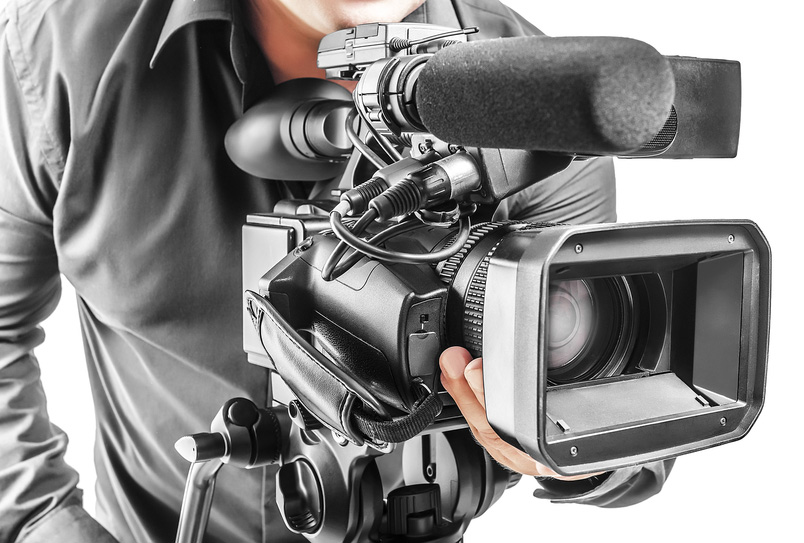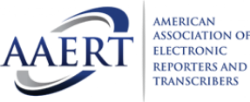Why Lawful Videography Is Important for Accurate Court Recordings
The function of lawful videography in courtroom settings can not be overemphasized, as it acts as a vital device for maintaining the honesty of court records. By catching both spoken and non-verbal interaction, it boosts the quality of witness testaments and reflects the nuances of courtroom interactions. This extensive paperwork not only aids in minimizing prospective misunderstandings however additionally sustains appellate evaluations, thereby reinforcing the judicial process. Nonetheless, the implications of integrating legal videography into conventional court methods increase essential inquiries concerning its more comprehensive impact on the lawful system. What might these ramifications require?
Value of Visual Proof
In the world of legal procedures, the value of visual evidence can not be overstated. Aesthetic proof acts as a powerful tool in establishing truths, substantiating statements, and boosting the total clarity of a case. This kind of proof, that includes pictures, video clips, and diagrams, can offer a concrete context that spoken summaries usually lack, thus providing juries and judges a clearer understanding of the scenarios bordering an instance.
In addition, visual evidence aids in the retention of information. Human cognition is inherently visual, and people are most likely to bear in mind and comprehend info provided in an aesthetic style. In the court, this can be vital, as engaging aesthetic proof can persuade viewpoints and strengthen the narrative presented by legal representatives.
Additionally, using visual evidence can minimize misunderstandings and ambiguities that typically occur from verbal exchanges. By providing a straight depiction of occasions, aesthetic proof assists to get rid of subjective interpretations and promotes an extra objective examination of the realities. Subsequently, the integration of visual proof into lawful process not only strengthens the honesty of the judicial procedure but also boosts the probability of achieving a simply result.
Capturing Non-Verbal Hints
Utilizing innovative videography techniques can significantly boost the capture of non-verbal cues throughout legal process. Non-verbal communication, consisting of faces, body movement, and eye contact, plays a crucial function in conveying emotions and intentions that may not be clearly stated in spoken testimony. legal videography. Legal videography uses high-definition electronic cameras and calculated angles to ensure that these refined signs are tape-recorded with clarity and precision
The capacity to analyze non-verbal habits can give valuable context to declarations made throughout court sessions. For instance, a witness's unwillingness or self-confidence can be interpreted with their stance or gestures, possibly affecting the jury's understanding of reliability. Moreover, using close-up shots can assist concentrate on an audio speaker's expressions, permitting a more nuanced understanding of the statement.
In addition, incorporating numerous camera angles can create an extensive view of interactions, highlighting dynamics in between celebrations included. This diverse technique not only improves the accuracy of the court record however likewise aids in protecting the stability of the judicial process - legal videography. Eventually, catching non-verbal signs via lawful videography cultivates a richer, more complete depiction of courtroom proceedings

Enhancing Testimony Integrity
The integrity of testament can be substantially reinforced through the use of top quality lawful videography. Video clip recordings function as an objective medium that records not just the spoken words of witnesses but likewise the nuances of their distribution, consisting of tone, pacing, and emotional expressiveness. This diverse documents provides a clearer understanding of the witness's credibility and purposes, which can be critical in lawful process.
Additionally, legal videography lessens the potential for misconceptions that may Homepage arise from composed records alone. When jurors can observe a witness's behavior and body movement combined with their statement, they are much better equipped to examine the credibility and reliability of the evidence provided. This visual context can reinforce the testimonial story, making it extra compelling and qualified.
Additionally, the existence of a video clip recording can hinder potential disparities in statement. Witnesses might be extra cautious in their statements when they understand they are being taped, leading to more accurate and honest accounts. Generally, high-grade lawful videography boosts the integrity of testimony, guaranteeing that the court has access to a total and sincere depiction of the realities as shared by the witnesses.
Sustaining Appeals and Reviews
Lawful videography plays an essential function in supporting appeals and reviews by offering an extensive visual record of courtroom proceedings. This aesthetic documents records not just the talked words of witnesses and lawyers however likewise the nuances of body language, tone of voice, and court room characteristics. Such components can be essential in comprehending the context of statements and disagreements presented.
In the appellate process, where the emphasis gets on errors of law and step-by-step justness, a video record can offer as an essential device for appellate courts. It allows judges to review the initial test context, making sure that decisions are based on a complete understanding of the proceedings. The capacity to aesthetically evaluate the attitude of witnesses or the communications between parties can disclose understandings that composed transcripts may forget.

Furthermore, legal videography can assist in clearing up uncertainties in testimonies or step-by-step rulings, therefore enhancing the basis for an appeal. By offering a dependable, unbiased account of what taken place in court, legal videography not just sustains the integrity of the lawful process yet also encourages all celebrations included to make informed choices concerning their situations.
Streamlining Court Procedures
Enhancing courtroom performance, legal videography enhances procedures by offering instant accessibility to visual documents of proceedings. This innovation permits judges, lawyers, and courts to revisit crucial testament and evidence, making sure that all parties have a clear understanding of the situation. By catching the subtleties of spoken and non-verbal interaction, videography enhances the record, making it much easier to grasp the context and weight of testimonies.

Furthermore, video recordings can facilitate remote engagement here in hearings, enabling greater adaptability in scheduling and engagement, which is especially beneficial in complicated cases entailing multiple stakeholders.
Verdict
In final thought, legal videography plays an essential function in making certain precise court recordings by providing necessary visual proof that records both verbal and non-verbal interaction. This practice boosts the reliability of statements, sustains appellate evaluations, and simplifies courtroom procedures. By cultivating an extensive understanding of court room dynamics, legal videography inevitably contributes to a lot more fair judicial outcomes, strengthening the honesty of the legal system and promoting informed decision-making.
Comments on “The Key Benefits of Legal Videography in Law Firm Operations”